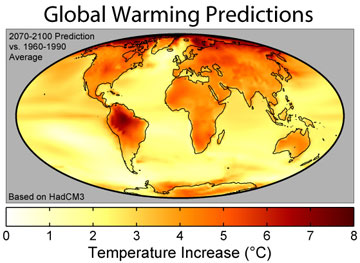This project was made by Rahul and Thyne
 After a day of playing soccer, a day full of exercise, your muscles ache, your eyes are blurry, and your body is begging for nourishment. However, your hands do not feel any different than before your exhaustion. In fact, you will be attending a piano recital in a couple hours and your performance will probably not be altered by the soccer game in any way. My partner Thyne and I tested this by asking if doing different activities, such as jogging in place, keeping a weight suspended in air, and typing rapidly, affects your ability to apply pressure? From our prior knowledge on body systems, Thyne and I know that this project utilizes the muscular system and its energy source, ATP. ATP is a molecule that helps muscles perform work, and it is formed from the contents of the food you eat. Once you perform work, the ATP molecule becomes an ADP molecule and is stored to be recycled back into an ATP molecule. The activities we are testing all use up the body’s ATP storage, however we want to observe their impact on the hand in particular. Does using ATP in some muscles affect the ability of the hand to perform work or do the muscles of the hand operate individually? We hypothesized the latter stating that all the activities will decrease the amount of pressure you can apply on the sensor but the activity that is most associated with the hand and uses it the most, or typing, will lower the maximum pressure by the most amount.
After a day of playing soccer, a day full of exercise, your muscles ache, your eyes are blurry, and your body is begging for nourishment. However, your hands do not feel any different than before your exhaustion. In fact, you will be attending a piano recital in a couple hours and your performance will probably not be altered by the soccer game in any way. My partner Thyne and I tested this by asking if doing different activities, such as jogging in place, keeping a weight suspended in air, and typing rapidly, affects your ability to apply pressure? From our prior knowledge on body systems, Thyne and I know that this project utilizes the muscular system and its energy source, ATP. ATP is a molecule that helps muscles perform work, and it is formed from the contents of the food you eat. Once you perform work, the ATP molecule becomes an ADP molecule and is stored to be recycled back into an ATP molecule. The activities we are testing all use up the body’s ATP storage, however we want to observe their impact on the hand in particular. Does using ATP in some muscles affect the ability of the hand to perform work or do the muscles of the hand operate individually? We hypothesized the latter stating that all the activities will decrease the amount of pressure you can apply on the sensor but the activity that is most associated with the hand and uses it the most, or typing, will lower the maximum pressure by the most amount.To test our experiment we used a dynamometer, which is basically a hand grip pressure sensor. After recording our originals, Thyne and I performed a particular activity and then applied pressure on the sensor. After recording our right hand, we recorded our left hand to increase the amount of data we possessed. The data we now provide is the average between the force that Thyne applied and the force that I applied and is measured in Newtons. Our original right hand force was 195 Newtons, our right hand force after jogging was 197, our right hand force after lifting a weight was 164, and our right hand force after typing was 147. Our original left hand force was 190, our left hand force after jogging was 200, our left hand force after lifting a weight was 163, and our left hand force after typing was 174. As you can see, the original was the highest, jogging provided little or no change, weights decreased substantially, and typing decreased even more so. The only data that doesn’t affirm was the 174 Newtons for the left hand but that must have been due to us pressing the dynamometer differently towards the end.
 To analyze the data, jogging, which used various muscles but used the muscles in the hand the least, had no effect. Lifting a weight, which used the muscles in the hand more than jogging but less than typing, had effect. Typing, which used the muscles in the hand the most, had the most effect. Therefore, our hypothesis is partly supported. Typing had the most effect on the hand since even though it used only a few muscles, used the muscles in the hand the most. However, contrary to our hypothesis, jogging had no effect on our maximum pressure. According to these findings, you will be able to excel at your piano recital after your tiring soccer match.
To analyze the data, jogging, which used various muscles but used the muscles in the hand the least, had no effect. Lifting a weight, which used the muscles in the hand more than jogging but less than typing, had effect. Typing, which used the muscles in the hand the most, had the most effect. Therefore, our hypothesis is partly supported. Typing had the most effect on the hand since even though it used only a few muscles, used the muscles in the hand the most. However, contrary to our hypothesis, jogging had no effect on our maximum pressure. According to these findings, you will be able to excel at your piano recital after your tiring soccer match. 






